As consumers become more conscious of their health and the environment, materials like TENCEL™ Lyocell have emerged as a game-changer in the world of home textiles. Known for its silky smooth texture, moisture-wicking properties, and eco-responsible production, TENCEL™ Lyocell is quickly becoming a preferred choice for bedding, sheets, pillowcases, and duvet covers.
(more…)Category: Material
-
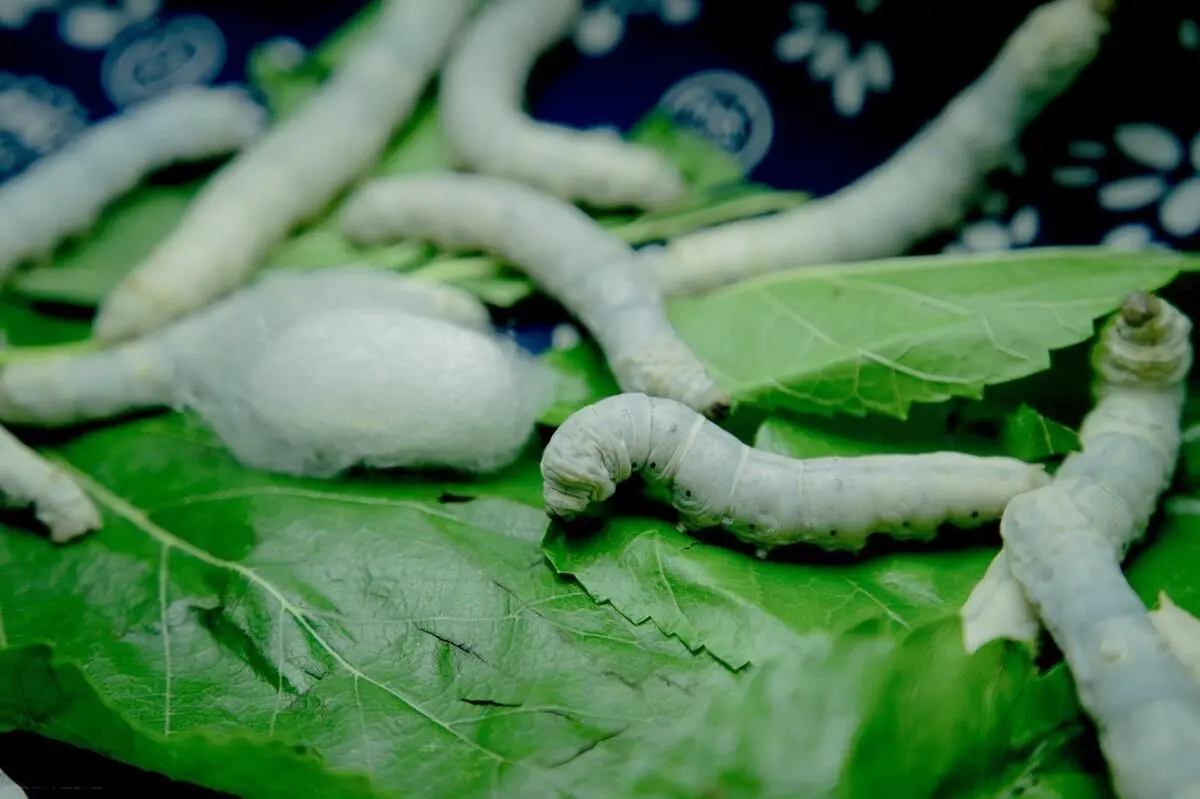
Why Chinese Silk Has Always Been Superior — And Why It’s Perfect for Luxury Bedding Today
“What made Chinese silk so much better than what was already available in Europe during medieval times?”
This intriguing question on Quora captures a truth that has been known for over two millennia: Chinese silk is unmatched in quality, craftsmanship, and performance. From the ancient Silk Road to today’s luxury bedding, Chinese silk has maintained its status as the gold standard. But what makes it so special — then and now?
The Ancient Superiority of Chinese Silk
1. A 5,000-Year Tradition
Chinese silk production dates back to at least 2700 BCE. For thousands of years, China guarded the secrets of sericulture — the cultivation of silkworms and the processing of silk — making it the exclusive source of true silk globally.
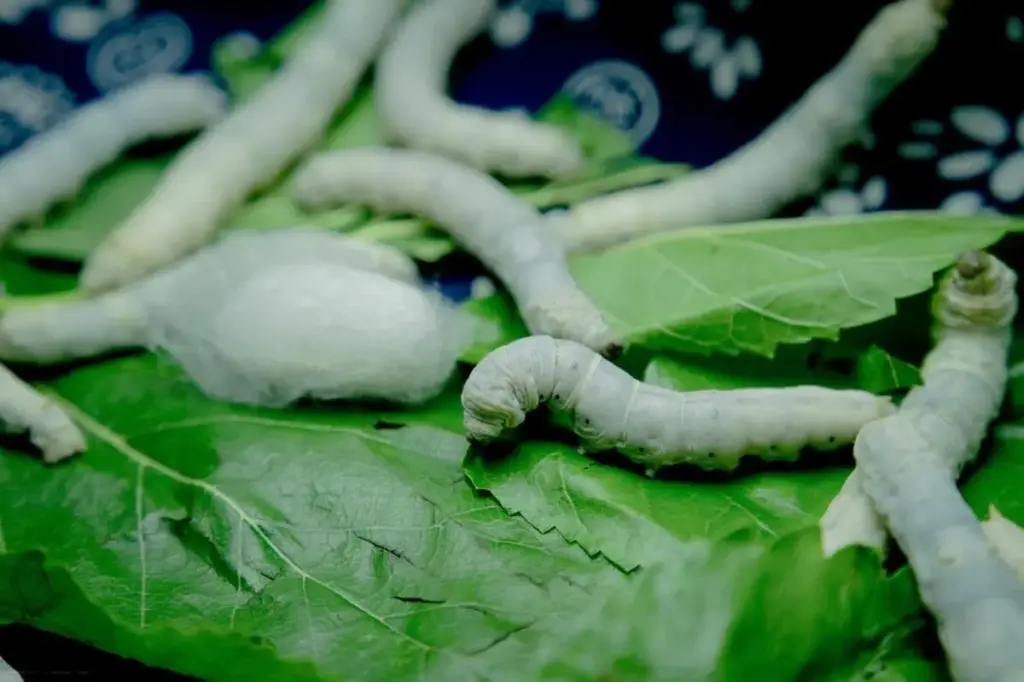
2. Advanced Sericulture Techniques
What set Chinese silk apart in medieval times was the refinement of the entire process:
- Silkworm breeding: Domesticated Bombyx mori silkworms fed only mulberry leaves.
- Careful cocoon harvesting: Cocoon boiling and reel-spinning were performed with precision to avoid breaking the long, strong silk fibers.
- Dyeing and weaving: China developed superior dyeing and weaving techniques, producing vibrant, durable, and luxurious fabrics.
By contrast, medieval Europe had limited knowledge of silk production and lacked access to silkworms or the mulberry trees essential to their diet until the secrets of sericulture were smuggled out of China around the 6th century AD.
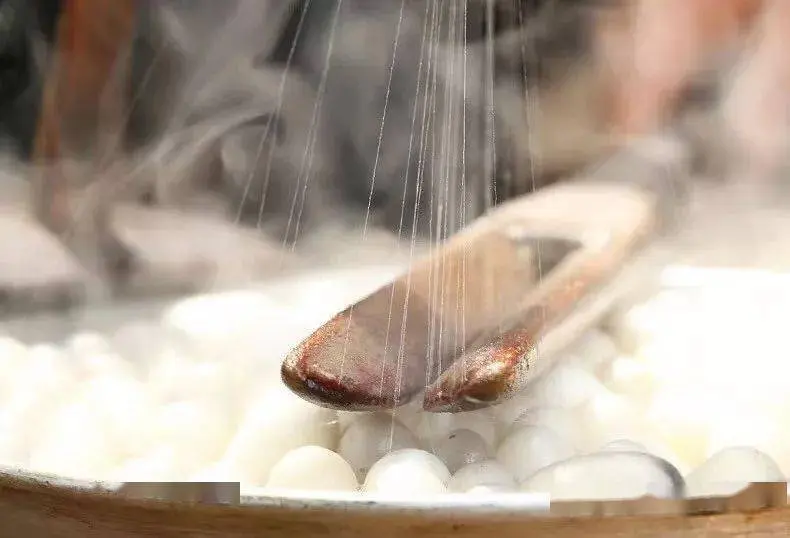
Chinese Silk in Modern Bedding Products
Mulberry Silk: The Luxury Standard
Chinese bedding products made from 100% mulberry silk still reflect that ancient expertise. The result is a natural fiber that:
- Feels incredibly soft and smooth
- Regulates temperature naturally (cool in summer, warm in winter)
- Wicks moisture while remaining breathable
- Is hypoallergenic and gentle on skin
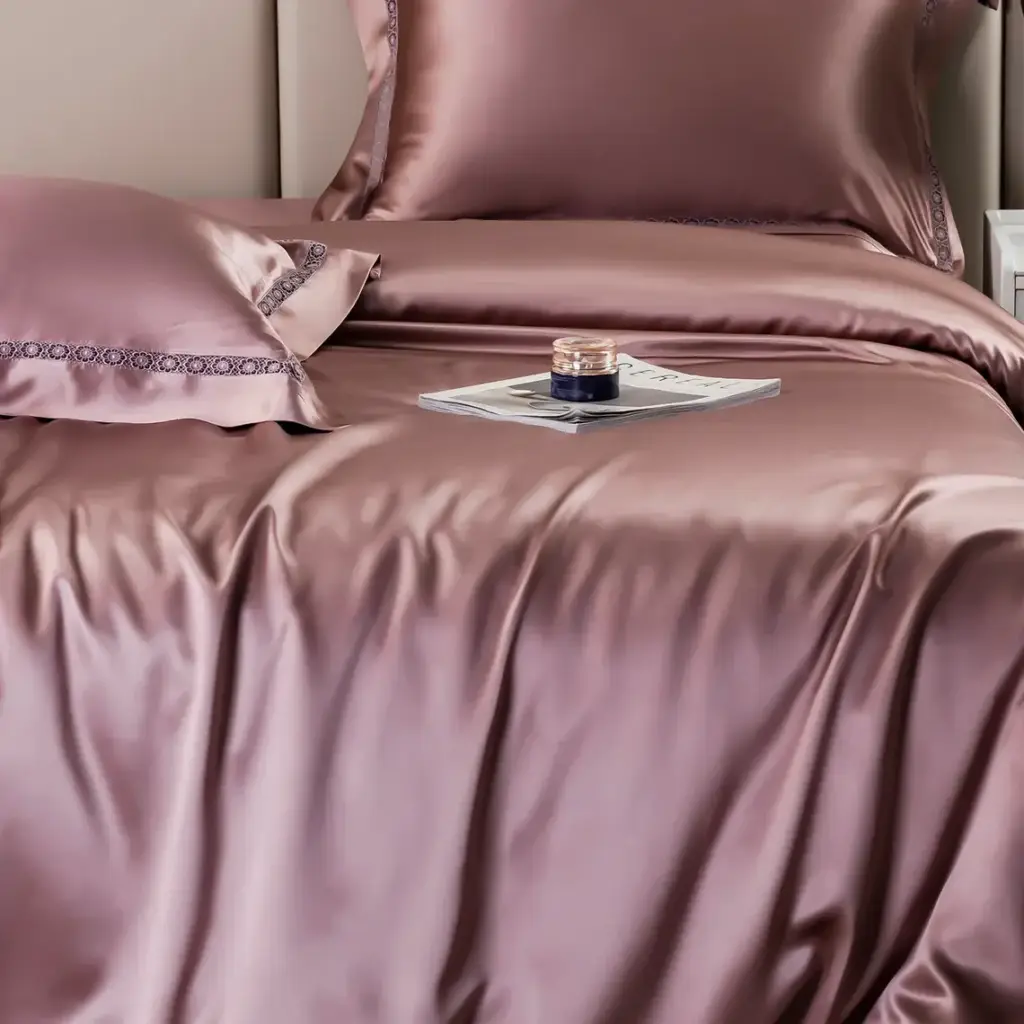
Long-Strand vs. Short-Strand Silk
One key advantage in Chinese silk bedding is the use of long-strand silk, especially in silk-filled duvets and comforters. These strands are carefully layered by hand, ensuring:
- No clumping or cold spots
- Enhanced durability and shape retention
- A lightweight yet insulating feel
European silk, on the other hand, often uses short-strand silk or silk blends in textiles, which don’t match the feel, longevity, or performance of high-grade Chinese silk.
Technological Craftsmanship: Then and Now
While Chinese silk production began as a manual, artisanal tradition, modern Chinese manufacturers have merged ancient techniques with high-tech processes:
- Precision-controlled environments for silkworm breeding
- Machine-assisted reeling and layering for uniformity and cleanliness
- Stringent quality control and certifications (like OEKO-TEX)
This results in silk bedding that not only feels luxurious but also meets modern consumer standards for hygiene, safety, and eco-friendliness.
Feel the Difference: Chinese Silk vs. European Silk
Feature Chinese Mulberry Silk European Silk (General) Fiber Length Long-strand Often short-strand or blended Texture Smooth, buttery, flowing May be less smooth or uniform Durability High Varies; short fibers degrade faster Performance Excellent temperature and moisture regulation Depends on material and weaving Hypoallergenic Yes Sometimes, but not always guaranteed Conclusion: From Ancient Trade to Modern Luxury
Chinese silk has been sought after for millennia — not just because it was rare, but because it was better. Today, that heritage continues in luxury bedding. When you sleep in bedding made with 100% mulberry silk from China, you’re not just enjoying a soft touch — you’re experiencing 5,000 years of perfected craftsmanship.
Looking for premium silk bedding? Explore our range of 100% mulberry silk comforters, pillowcases, and duvet covers — all made with authentic Chinese craftsmanship for the softest, healthiest sleep possible. Contact us for the leading bedding manufacturer cooperation
-
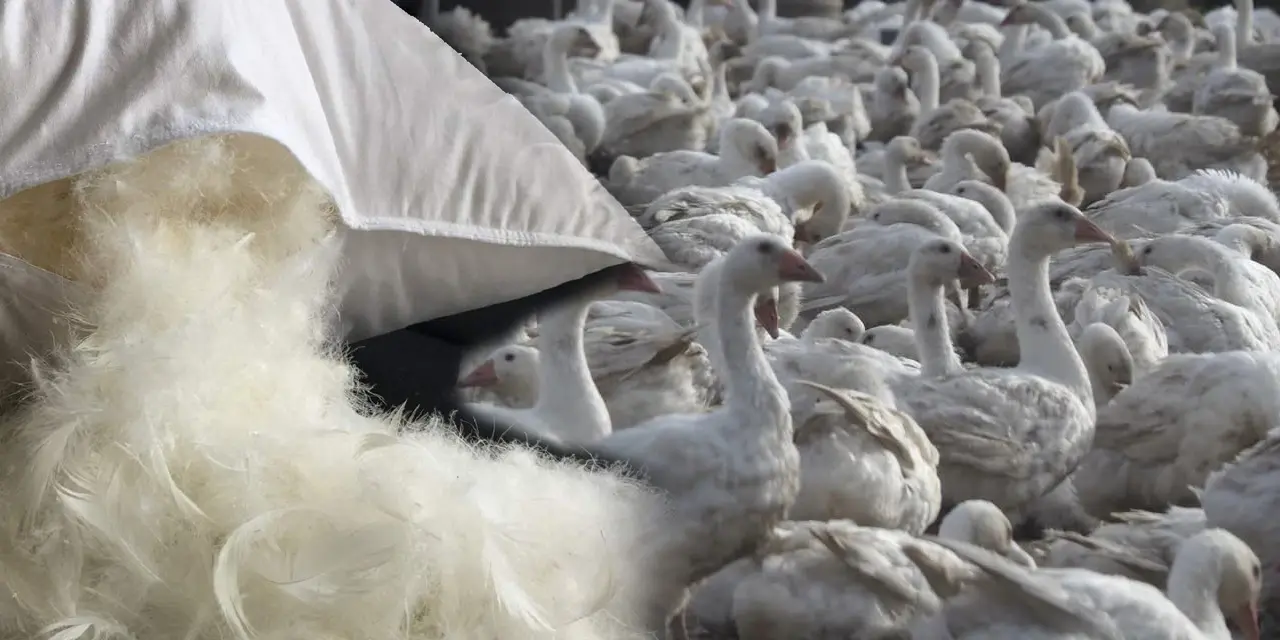
How Are Down Feathers Treated Before Making Duvets?
When you buy a down duvet, you’re expecting warmth, comfort, and softness—but have you ever wondered how the down feathers are treated before they reach your bedroom?
Understanding the treatment process behind down feathers can help you make better, more informed choices when purchasing down bedding. In this post, we’ll walk you through the full process of how down is cleaned, sterilized, and prepared for use in duvets—and what chemicals, if any, are involved.
Table Of ContentsWhy Do Down Feathers Need to Be Treated?
Raw down feathers come from ducks or geese, and before they’re used in bedding products like duvets or pillows, they must go through thorough cleaning and sterilization. Untreated down can carry:
- Dirt and dust
- Natural oils and odors
- Bacteria, mites, and allergens
The goal of the treatment process is to produce clean, hypoallergenic, and high-performance down suitable for human use.
Step-by-Step: The Down Feather Treatment Process
1. Washing with Mild Detergents
The first step is to remove dirt, grease, and impurities using mild, biodegradable detergents. These are carefully formulated to avoid damaging the delicate feather structure.
Common washing agents include:
- Mild, eco-friendly detergents
- Hydrogen peroxide (for whitening and odor removal)
- Oxygen-based bleach (gentler than chlorine bleach)
This process eliminates contaminants while preserving the natural loft and resilience of the down.
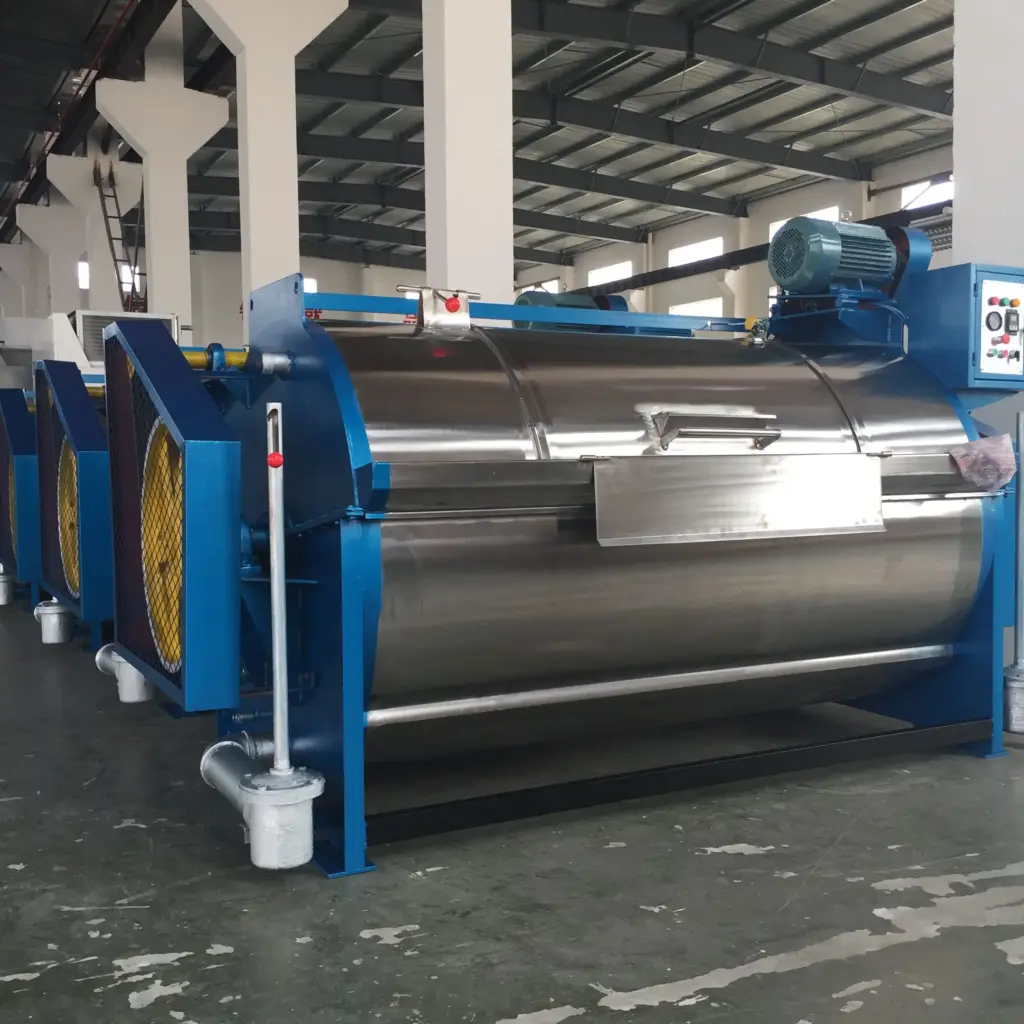
Down Feathers Washing Machines 2. Antibacterial and Anti-Mite Treatment
To ensure the feathers are safe and hygienic, an antibacterial treatment may be added during washing. This step helps eliminate:
- Harmful bacteria
- Fungi and mold
- Dust mites
High-quality processing uses safe, non-toxic agents, and avoids harsh chemicals. The down is then thoroughly rinsed to remove any residue.
3. High-Temperature Sterilization and Drying
Next, the washed feathers are dried at high temperatures, often above 120°C (248°F). This heat sterilizes the down, killing any remaining microorganisms and helping to remove lingering odors.
Additionally, drying fluffs up the feathers, enhancing their natural loft and insulating properties.
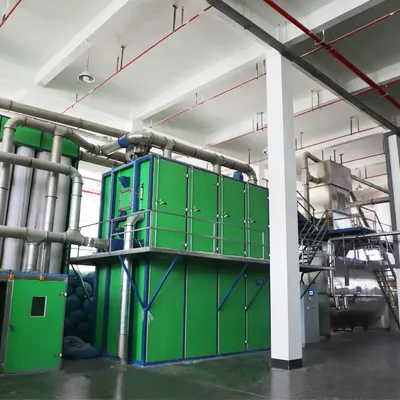
4. De-Dusting and Air Sorting
Once dry, the down is passed through air-sorting machines that remove:
- Fine dust particles
- Broken feather fragments
- Low-quality clusters
This sorting process separates premium down from feathers, ensuring only the highest-quality materials are used in luxury duvets.
5. Optional Finishing Treatments
Some manufacturers may apply optional finishing treatments, especially for allergy-sensitive bedding. These might include:
- Anti-allergen coatings: Plant-based or enzyme-based treatments to reduce allergic reactions
- Odor neutralizers: Natural agents to maintain a fresh smell
These treatments are typically hypoallergenic and certified safe for consumer use.
What Chemicals Are Actually Used?
In certified down processing facilities, the chemicals used are minimal, safe, and carefully regulated. These include:
- Mild detergents (for cleaning)
- Oxygen-based bleach or hydrogen peroxide (for sterilization and deodorizing)
- Optional antibacterial or anti-mite agents (biodegradable and allergy-safe)
Reputable manufacturers avoid chlorine bleach, formaldehyde, or any toxic substances, especially for bedding that comes in direct contact with skin.

Certifications Matter: What to Look For
When shopping for a down duvet, look for products certified by trusted third-party organizations:
- OEKO-TEX® Standard 100 – Tested for harmful substances
- RDS (Responsible Down Standard) – Ensures animal welfare and responsible sourcing
- Downpass – Guarantees traceability and quality
These labels confirm that the down has been ethically sourced and safely processed without harmful chemicals.
Final Thoughts: Clean, Safe, and Sustainable Down
The down feather treatment process is designed to ensure safety, comfort, and cleanliness. From washing and sterilization to de-dusting and sorting, each step is carefully controlled. Reputable duvet manufacturers use certified, safe chemicals and responsible methods to deliver high-quality down bedding you can trust.
If you’re shopping for a duvet and care about health, sustainability, or allergies, choose down products with clear information about their cleaning and certification processes.
Need premium down duvets or bedding products from a trusted manufacturer?
Contact us or browse our down bedding collection for safe, responsibly sourced, and professionally treated down duvets.
-

Cotton vs. Satin Bedsheets: Which One Should You Choose?
When shopping for bedsheets, one of the most common dilemmas is choosing between cotton and satin. Each offers unique benefits, and your choice can significantly impact your sleep comfort, skin health, and ease of maintenance.
In this guide, we’ll break down the key differences between cotton and satin bedsheets to help you decide which one is right for your bedroom.
1. What Are Cotton Bedsheets?
Cotton is a natural fiber that’s widely used in bedding. Cotton sheets are known for being breathable, soft, and absorbent. They come in different weaves and types, such as:
- Percale (a crisp, matte weave)
- Sateen (a smoother, shinier cotton weave—not to be confused with satin)
- Egyptian cotton (long-staple fibers for premium softness)
- Washed cotton (softened and pre-shrunk for a relaxed look)
Pros of Cotton Bedsheets:
- Breathable & cooling: Ideal for hot sleepers.
- Durable: High-quality cotton sheets can last for years with proper care.
- Softens over time: Gets cozier after every wash.
- Hypoallergenic: Natural fibers are gentle on sensitive skin.
- Easy to clean: Machine washable and less prone to retaining oils or odors.
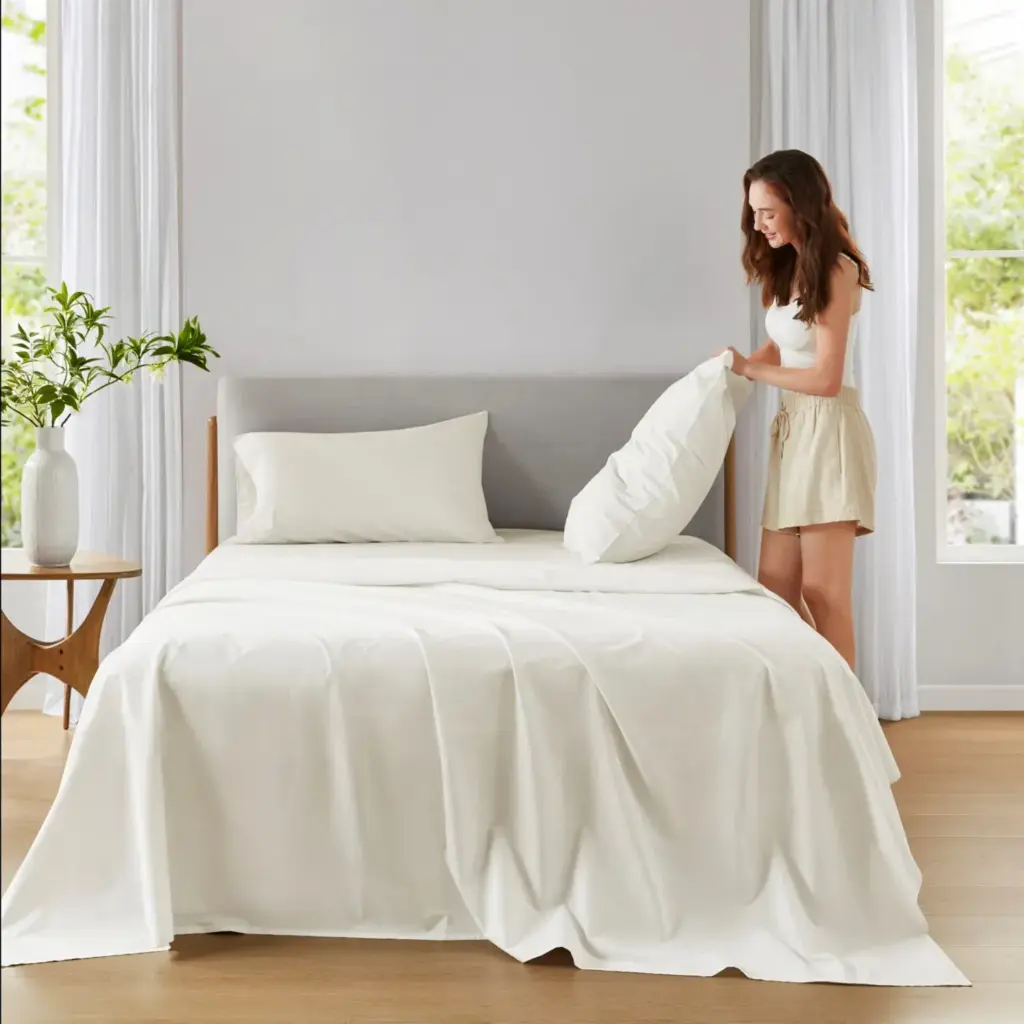
Cotton Bedsheets 2. What Are Satin Bedsheets?
Satin refers to a weave, not a fiber. Satin sheets are typically made from synthetic materials like polyester or nylon, but they can also be made from silk or rayon. The weave gives satin its signature sheen and smooth surface.
Pros of Satin Bedsheets:
- Silky feel: Luxurious and slippery to the touch.
- Skin & hair-friendly: Reduces friction, which may help prevent hair breakage and sleep wrinkles.
- Elegant appearance: Adds a touch of glamor to your bedroom.
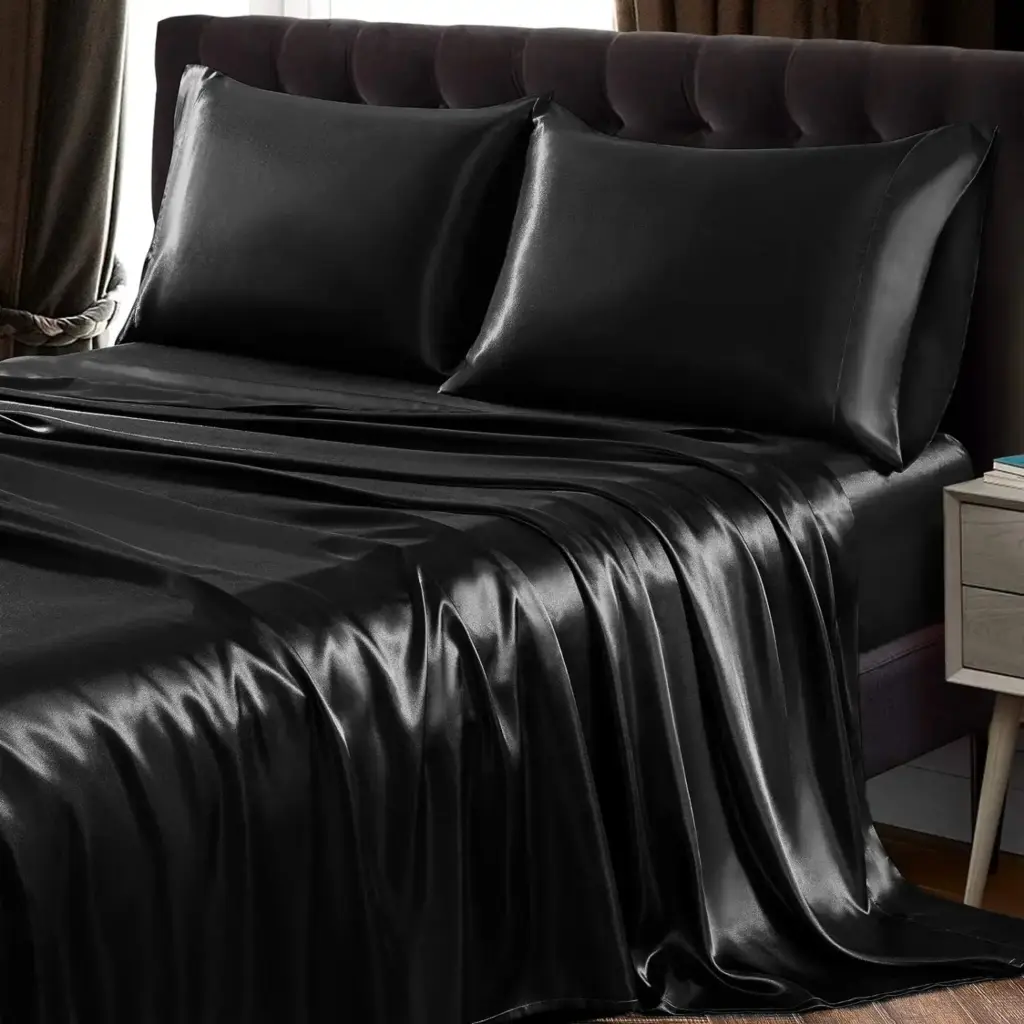
Satin Bedsheets 3. Cotton vs. Satin: Head-to-Head Comparison
Feature Cotton Bedsheets Satin Bedsheets Comfort Soft, breathable, and cozy Silky, smooth, and cool to the touch Durability High, especially with long-staple cotton Moderate (synthetics may snag or pill) Skin-Friendly Excellent for sensitive skin Great for skin and hair (less friction) Maintenance Easy to wash and dry Needs gentle washing; may snag easily Breathability Highly breathable Less breathable (especially synthetic satin) Price Range Wide range; from budget to luxury Often cheaper (unless it’s real silk) Best For Everyday use, year-round comfort Occasional luxury, beauty-conscious sleepers 4. Which One Is More Comfortable?
Comfort is subjective, but in general:
- Cotton is ideal if you like breathable, natural-feeling fabric that keeps you cool and cozy.
- Satin is perfect if you prefer a silky, smooth feel and want to reduce friction on skin or hair.
5. Which Is More Durable and Easy to Clean?
Cotton takes the lead in both categories:
- Durability: Long-staple or combed cotton can last many years.
- Cleaning: Cotton sheets can handle frequent washes, high temperatures, and tumble drying.
- Satin, especially polyester-based, can show signs of wear faster and requires gentler washing to prevent snags or fraying.
6. Final Verdict: Which Should You Buy?
It depends on your priorities:
Choose cotton bedsheets if you want:
- Everyday comfort
- Breathable and natural materials
- Easy maintenance and long-term durability
Choose satin bedsheets if you want:
- A glamorous, silky sleeping surface
- Less friction on skin and hair
- A cooler feel against the skin (good for hot sleepers)
7. Our Recommendation
If you’re building a bed sheet collection, consider having both! Use cotton sheets for daily use and satin sheets for when you want a little luxury—or simply alternate based on the season or your mood.
Browse Our Bedding Collection
Looking for high-quality cotton or satin bedsheets? Explore our bedding collection for premium materials, OEKO-TEX certified safety, and designs that match your style.
Have Questions?
Leave a comment below or send us a message—we’re happy to help you find the perfect bedding for your needs.
-
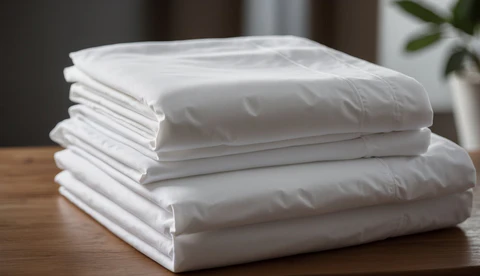
Understanding Percale: The Crisp, Classic Bedding Fabric
When shopping for quality bedding, you may have come across the term percale. Renowned for its crisp feel and timeless appeal, percale is a favorite among those who value comfort and elegance in their bedroom. But what exactly is percale, and what makes it stand out from other fabrics? Let’s dive into the world of percale to understand its origins, characteristics, benefits, and care tips.
(more…) -

Microfiber vs. Polyester: Understanding the Differences
When shopping for textiles, especially bedding, clothing, or cleaning materials, you’ve likely encountered the terms “microfiber” and “polyester.” While they might sound similar or interchangeable, each has distinct properties, benefits, and uses. Understanding these differences can help you make informed choices for your specific needs.
(more…) -
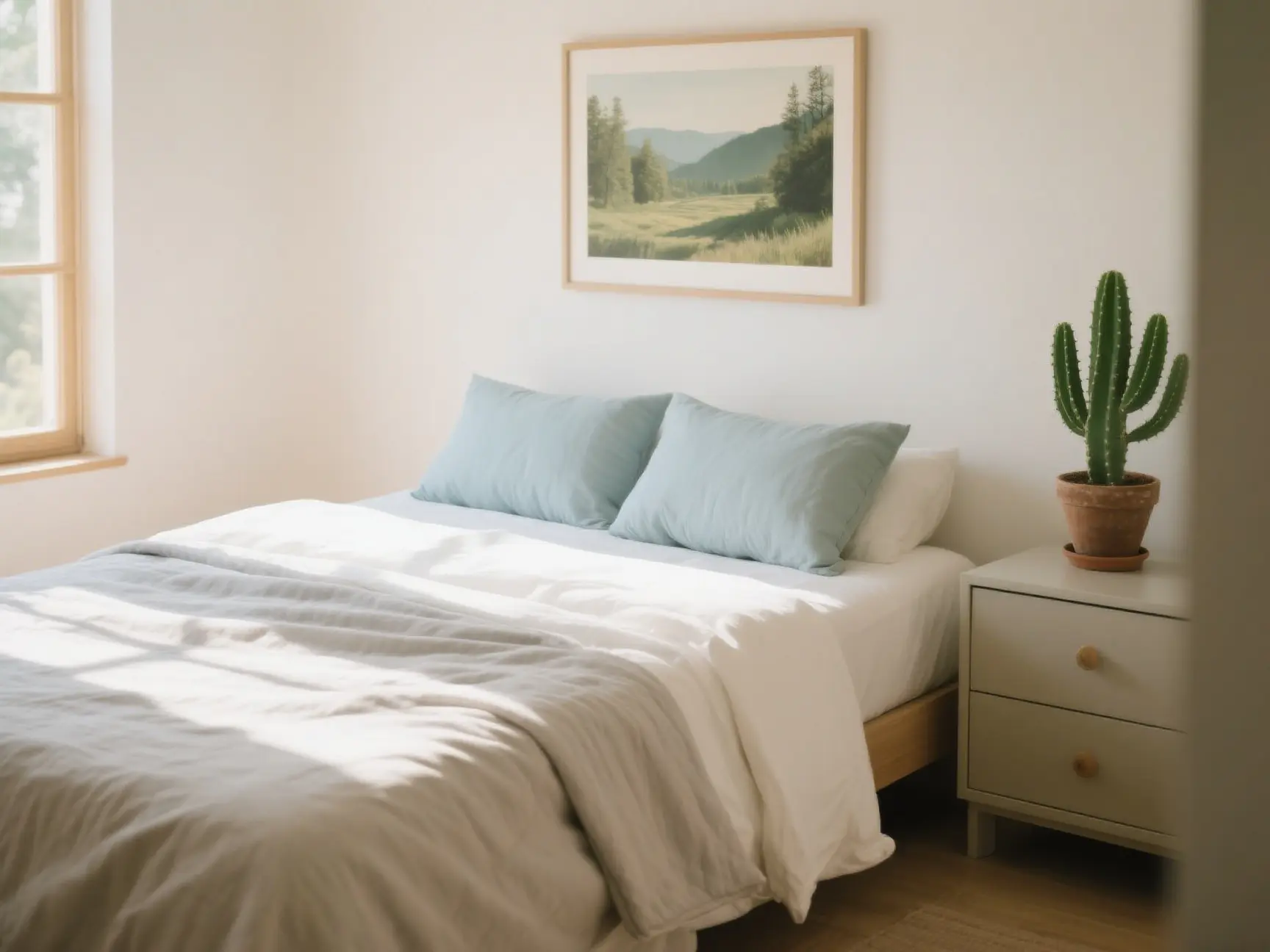
Eco-Friendly and Sustainable Materials in Bedding: The Future of Comfortable Sleep
As environmental awareness grows, more consumers are seeking eco-friendly and sustainable options in every aspect of their lives—including their bedding. The shift toward green living has led to innovations in bedding materials that not only provide comfort but also help protect our planet. In this article, we explore the most popular sustainable materials used in bedding and their benefits for both you and the environment.
(more…) -
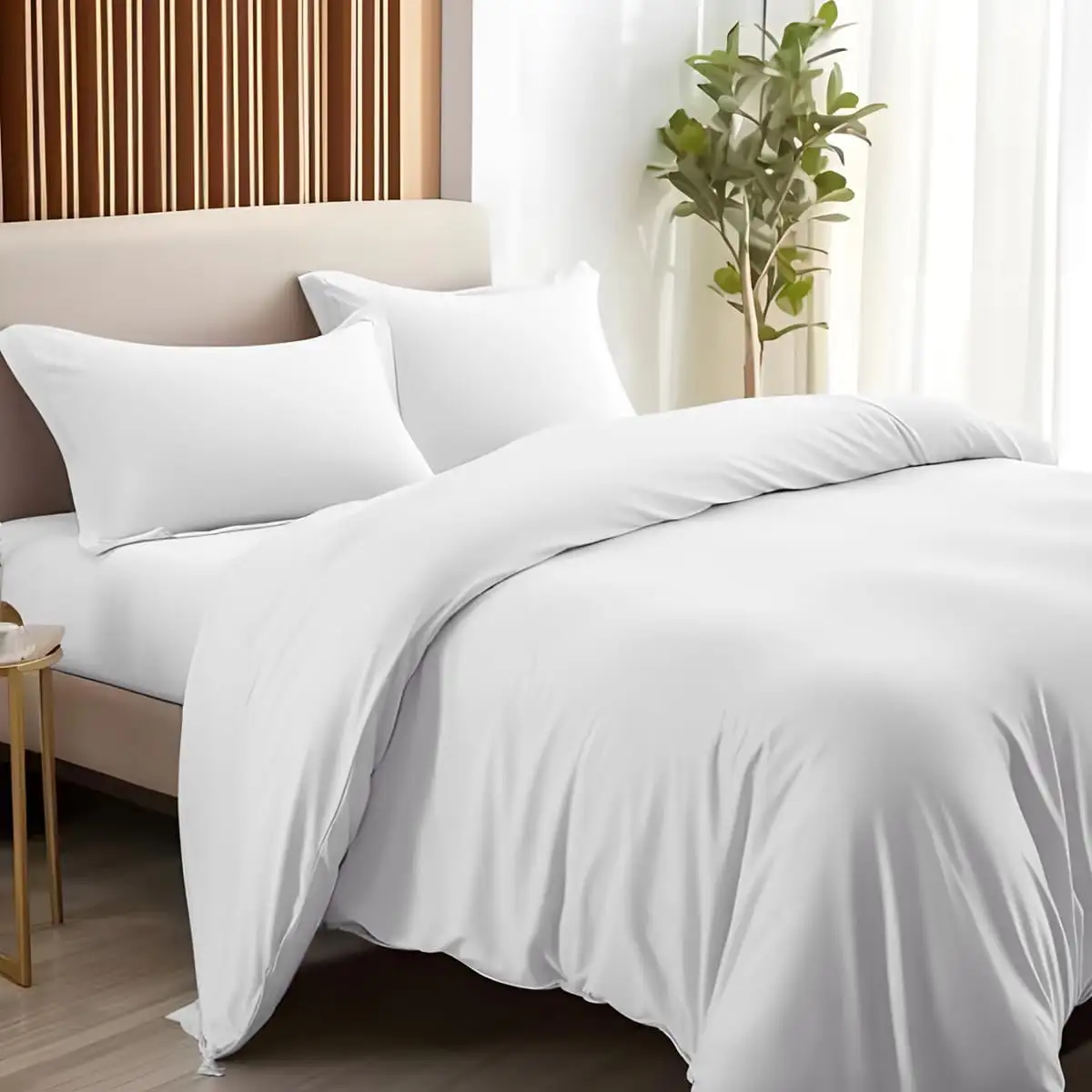
Comparing Cotton Types for Bedding: Combed, Pima, Organic, and More
When it comes to bedding, cotton remains the gold standard for comfort, breathability, and durability. However, not all cotton is created equal. From combed cotton to Pima cotton and organic cotton, each variety offers unique characteristics that can impact your sleep experience. In this article, we compare the most popular cotton types used in bedding to help you choose the best option for your needs.
(more…) -
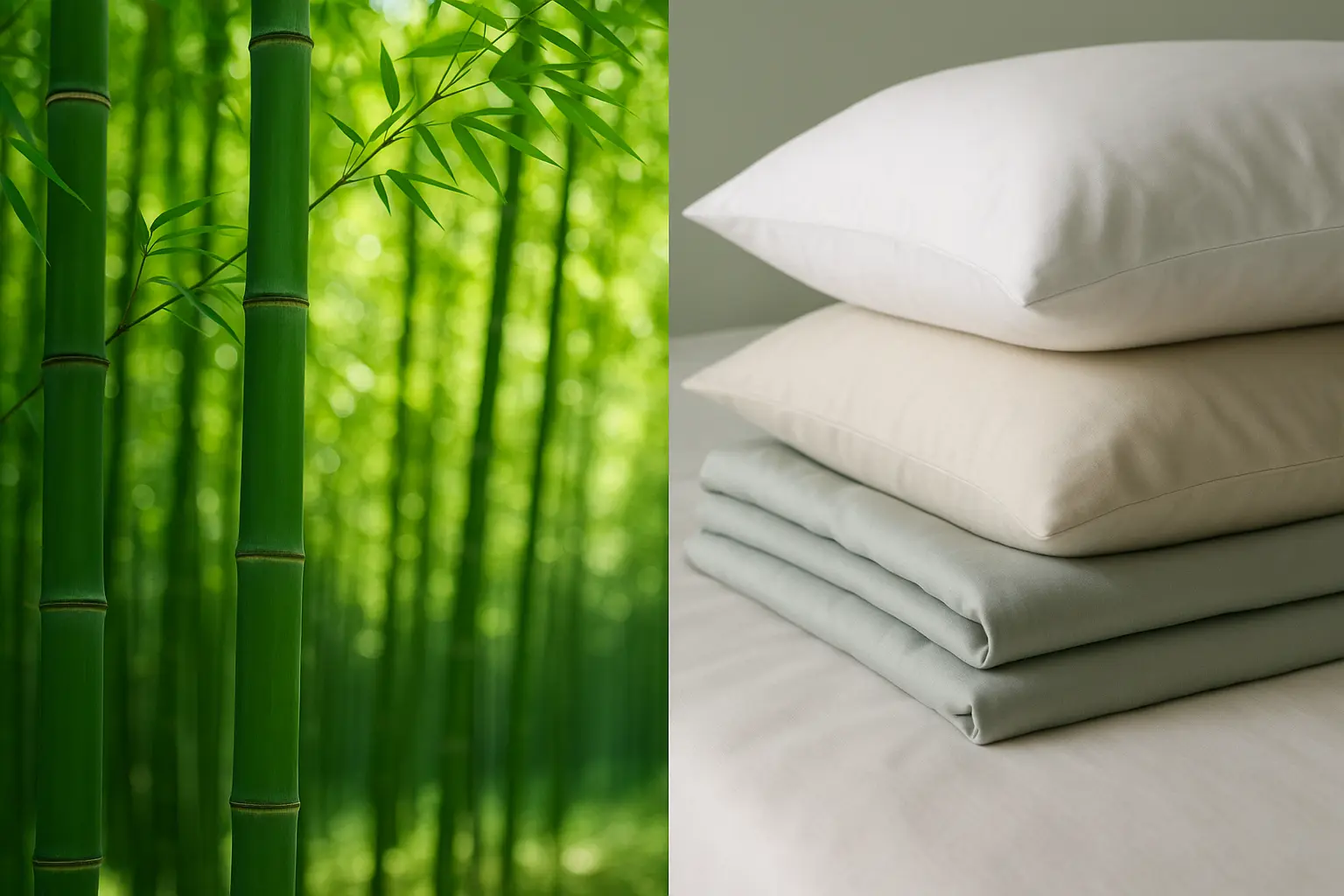
Bamboo Fabric: The Sustainable & Luxurious Choice for Modern Bedding Manufacturing
The bedding industry is constantly evolving, driven by consumer demand for greater comfort, enhanced performance, and increasingly, sustainable practices. In this landscape, bamboo fabric has emerged as a significant player, captivating both consumers and manufacturers with its unique blend of luxurious softness, practical benefits, and potential environmental advantages. For bedding manufacturers seeking to innovate and cater to discerning markets, understanding the nuances of bamboo textile is crucial.
(more…) -
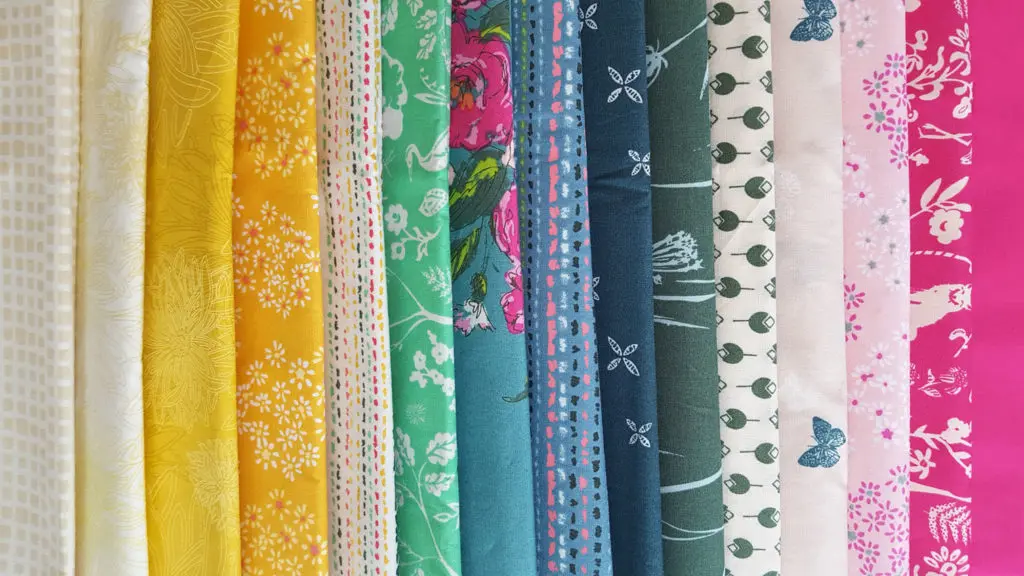
Snuggle Up to Knowledge: Understanding Fabric Weaves for Your Dream Bedding
At Hangzhou Yintex Co.,Ltd. , we’re passionate about creating bedding that brings you ultimate comfort and restful sleep. But have you ever wondered what makes one fabric feel different from another? A big part of that magic lies in the weave – the way the threads are interlaced to create the fabric.
Think of weaving like building with yarn! Just like different bricklaying patterns create different wall textures, different weaving techniques result in fabrics with unique properties, from the smooth sheen of your favorite pillowcase to the cozy texture of a warm comforter.
Let’s explore some of the most common weaves you’ll find in our high-quality bedding:
(more…)

